
In 2024, Loglass, a company that develops and provides cloud-based enterprise management solutions, successfully raised JPY 7 billion yen in its Series B funding round, co-led by U.S. institutional investor Sequoia Heritage and Japanese venture capital (VC) firm All Star Saas Fund.
During the MUFG Startup Summit, Tomoya Fukawa, CEO of Loglass, and Hiro Maeda, Managing Partner of All Star Saas Fund, which has been a major investor since Loglass’s seed stage, discussed the company’s strategic approach to attracting global investors and the long-term capital policy that underpinned their success.
The panel session moderated by MUFG Innovation Partners (MUIP) Chief Investment Officer Takashi Sano shed light on a meticulously planned seven-year roadmap to achieve a post-IPO market capitalization of JPY 100 billion yen.
The foundation of a long-term capital strategy: drawing from past experience
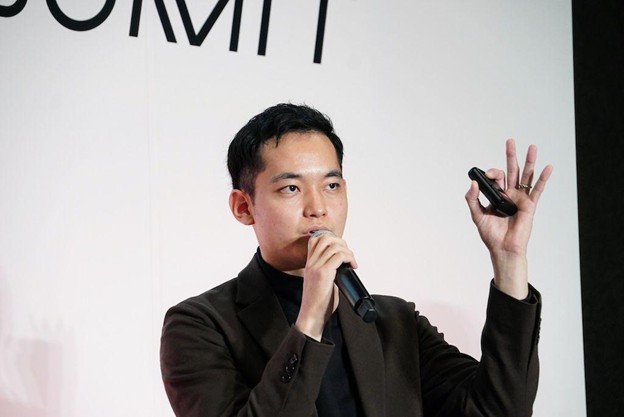
Loglass’s successful fundraising from Sequoia Heritage in 2024 can be attributed to Fukawa’s experiences at his previous company. Having worked in investment banking supporting IPOs, he had firsthand exposure to the structural challenges Japanese public companies faced.
In Japan, around 80 to 90 companies go public each year, but 80 to 90% of them IPO with a market capitalization of under JPY 10 billion. At this scale, maintaining stock value post-IPO is extremely difficult – frankly, the market does not pay attention to them. (Mr. Fukawa)
Later, while working at a startup, he experienced this issue directly after the company went public on the Tokyo Stock Exchange First Section (currently known as the Prime Market). Despite achieving an initial market capitalization of JPY 14.1 billion yen at the point of IPO, its stock price post-IPO dropped below JPY 10 billion by the time he left the company. “Even though we had a great business, there were more opportunities before going public. Institutional investors with long positions wouldn’t even consider a meeting with us,” he recalls.
Thus, from its inception, Loglass meticulously designed its capital policy for the long term, leveraging the lessons learned from Fukawa’s past experiences. He set a clear policy: “I wanted to go public only when we’d reached a scale where institutional investors could not ignore us. I also wanted our company value to be large enough for top-tier securities firms to assign their best analysts to cover us.” To achieve this, he set a long-term goal from the outset: “We won’t go public for at least eight years. Even if it takes 10 or 15 years, that’s fine.”
This approach resonated with Maeda, Managing Partner of All Star Saas Fund, which joined Loglass’s seed round.
The mindset and time horizon of investors managing funds significantly impact their investment stance. Since Mr. Fukawa was thinking on a 5, 10, or even 20-year horizon, I wanted to introduce him to investors who shared that perspective. (Mr.Maeda)
Additionally, Maeda considered the issue of board representation when raising funds.
New investment rounds often come with external board members, which can drastically change board dynamics. We wanted to separate investment from board appointments to avoid disruption to Loglass’s current growth trajectory. We found the funding terms from overseas institutional investors very attractive in this regard because they did not require additional board appointments.
Three key factors that won over global investors
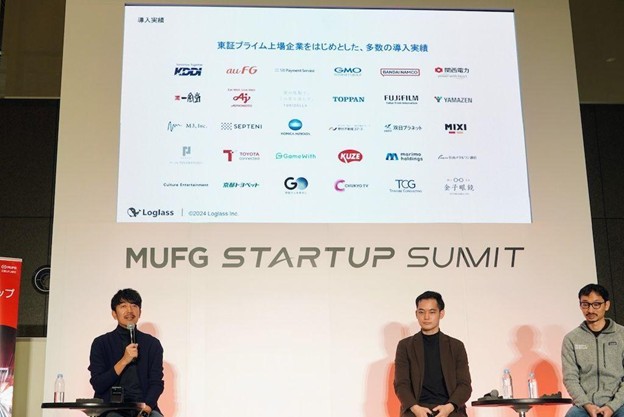
The biggest challenge for Loglass in engaging global investors was explaining the nuances of the Japanese market.
We had to assume that overseas investors had zero understanding of the Japanese market. For example, explaining the concept of Japan’s unique system integrator “SIer” model was particularly difficult. “Unlike consulting firms like Accenture, Japan’s system integrators dominate enterprise system development, and SaaS adoption is still limited. We had to educate investors on this unique market structure. (Mr.Fukawa)
Another hurdle was clarifying how Japan’s enterprise performance management (EPM) market differs from North America and why this presents a significant opportunity.
According to Maeda, nearly half of their discussions with overseas investors focused on market understanding. “For global investors considering large investments, the first priority is market attractiveness. If they aren’t convinced of the market’s potential, they won’t move forward.”
The second key factor was the credibility of Loglass’s leadership and team.
A language barrier makes it harder for foreign investors to assess whether the management team is truly reliable and strong. (Mr. Maeda)
To address this, All Star Saas Fund played a crucial role. “We conducted organizational diagnostics and employee interviews before investing, compiling the findings in English to provide credible insights to foreign investors. As an existing investor, we could convincingly communicate that Loglass had built a strong organization,” Maeda explains.
The third key factor was visibility into business KPIs and performance.
Global investors scrutinize KPIs at a very granular level. They expect CEOs to articulate details on marketing lead volume, conversion rates, sales efficiency by channel, and more. (Mr. Fukawa)
To meet these expectations, Loglass appointed a CFO fluent in English and with an investment banking background, which became a major asset in investor communications.
All Star Saas Fund’s role as a “translator”
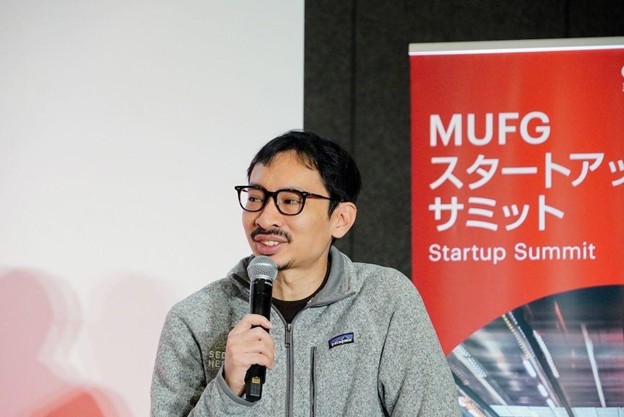
All Star Saas Fund played a critical role as a “translator”, both linguistically and in the cultural and market context. “The advantage of existing investors is that they have observed the company over an extended period,” says Maeda.
Because we’ve known Loglass since 2019, we deeply understand its evolution. Fukawa has transformed from a founder still figuring things out to a leader with a clear vision and strategy. Because we witnessed this process, we could credibly convey it to investors.
Furthermore, Japan still has a limited number of VCs experienced in global finance. “Very few Japanese VCs can compare domestic and global markets in an informed manner. We need VCs who can position Japanese companies as both successful domestically and competitive globally.”
The “Sequoia Battle”
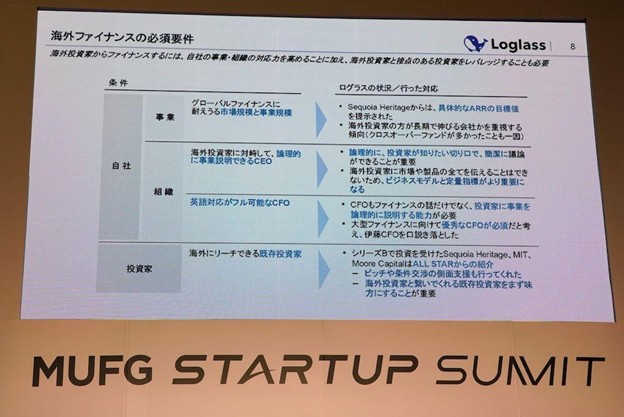
The funding round with Sequoia Heritage was internally dubbed the “Sequoia Battle.”
The term sheet was clear - investment amount and valuation were predetermined, conditional on achieving a specific Annual Recurring Revenue (ARR) target. (Mr. Fukawa )
The target was ambitious, but Loglass launched an all-hands effort a year in advance to meet it. Fukawa personally visited over 100 clients to encourage earlier adoption. “Nine out of ten said it was impossible, but one out of ten agreed to support us,” he recalls.
The campaign was ultimately successful, helping secure Sequoia Heritage’s participation in a JPY 7 billion investment, a milestone for Japan’s startup ecosystem.
Paving the way for Japan’s Startup Ecosystem
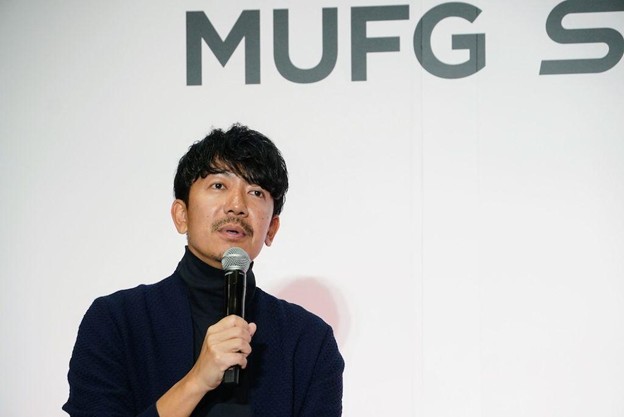
In closing, both Fukawa and Maeda emphasized the importance of connecting global investors to Japan’s ecosystem.
By executing initiatives like this, we can attract more overseas investors and create a virtuous cycle. (Mr. Maeda)
Fukawa likened Japan’s startup ecosystem to early Japanese players like Hideo Nomo in Major League Baseball, who made a major impact in league after joining the Los Angeles Dodgers in 1995. “We’re still in the ‘Hideo Nomo’ era. Our role is to pave the way for the next generation.”
Both stressed that early preparation for cross-border investment is key. Japan has the talent, culture, and market to compete globally. What is needed is a playbook for global engagement.